Table of content
Amomum villosum, commonly known as villous amomum fruit or sha ren in traditional Chinese medicine, is a prized ingredient renowned for its distinct aromatic profile and therapeutic properties. Native to Southeast Asia, this herbaceous plant thrives in tropical climates, with its dried fruits serving as a culinary and medicinal staple for centuries. This article delves into the intricate processes of preparing Amomum villosum, exploring its historical significance, traditional preparation methods, and contemporary culinary applications. By understanding the nuances of harvesting, drying, grinding, and infusing this versatile spice, enthusiasts can unlock its full potential in both kitchen and wellness practices.
Harvesting Amomum Villosum: Timing and Technique
The journey of preparing Amomum villosum begins with meticulous harvesting. The plant, a member of the Zingiberaceae family, produces elongated, reddish-brown pods that house small, aromatic seeds. These pods are typically harvested when they reach maturity but before they fully ripen and split open. The optimal harvesting period varies by region but generally falls between late summer and early autumn.
Harvesters must carefully handpick the pods to avoid damaging the plant or the delicate fruits. Immature pods yield a bitter taste, while overripe ones lose their essential oils, resulting in a less potent flavor. Once harvested, the pods undergo a preliminary cleaning process to remove dirt, debris, and any residual plant matter. This step is crucial to ensure the purity and quality of the final product.
Traditional Preparation Methods: Preserving Potency and Flavor
Sun-Drying: The Time-Honored Approach
Sun-drying is the most ancient and widely practiced method for preparing Amomum villosum. After harvesting, the pods are spread in a single layer on bamboo trays or mats and left to dry under direct sunlight. This process can take anywhere from 7 to 14 days, depending on weather conditions. The sun’s heat evaporates moisture while preserving the essential oils responsible for the spice’s unique aroma and medicinal benefits.
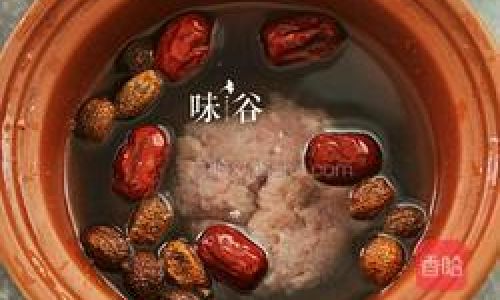
To prevent mold growth, the pods are occasionally turned to ensure even drying. Traditional practitioners often rely on tactile cues—such as the pods becoming brittle and lightweight—to determine readiness. Overdrying risks fragility, while underdrying may lead to spoilage. Once dried, the pods are stored in airtight containers to shield them from humidity and pests.
Oven-Drying: A Modern Alternative
In regions with unpredictable weather, oven-drying offers a reliable alternative. The pods are placed on baking sheets and dried at a low temperature (40–50°C or 104–122°F) for 12–24 hours. This method accelerates the process but requires careful monitoring to avoid cooking the pods, which could diminish their aromatic compounds. Stirring the pods every few hours ensures uniform drying.
Roasting for Enhanced Flavor
Some traditions advocate roasting dried Amomum villosum pods over low heat to intensify their flavor. This step is typically performed in a dry skillet or wok, with constant stirring to prevent burning. The roasting process caramelizes the pods’ natural sugars, imparting a smoky depth to the spice. However, this technique is optional and often reserved for specific culinary applications, such as spice blends or broths.
Grinding and Powdering: Unleashing Aroma
Once dried, Amomum villosum pods can be processed into a fine powder or used whole. Grinding releases the seeds’ volatile oils, enhancing their fragrance and potency. Traditional tools like stone mortars and pestles are favored for their gentle grinding action, which minimizes heat buildup that could degrade the spice’s quality. Modern electric grinders offer convenience but require short bursts of operation to prevent overheating.
The resulting powder is a versatile ingredient, adding earthy, citrusy notes to dishes. It is often combined with other spices, such as ginger, cardamom, or cinnamon, to create complex flavor profiles. Store-bought Amomum villosum powder may lack the freshness of homemade varieties, making the effort to grind at home worthwhile for discerning cooks.
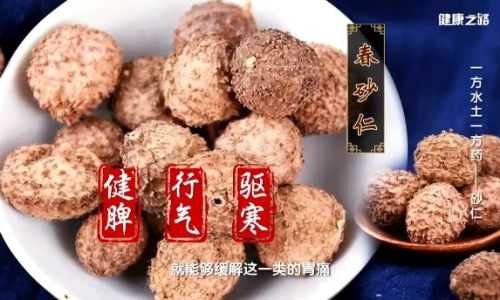
Infusions and Extracts: Liquid Preparations
Decoctions for Medicinal Use
In traditional Chinese medicine, Amomum villosum is frequently brewed into decoctions to treat digestive issues, bloating, and nausea. To prepare a decoction, whole pods or crushed seeds are simmered in water for 30–60 minutes. The liquid is then strained and consumed warm, often sweetened with honey to offset the spice’s bitterness.
Infused Oils and Vinegars
Amomum villosum’s aromatic oils lend themselves beautifully to infusions. To create an infused oil, dried pods are lightly crushed and submerged in a neutral carrier oil, such as sesame or grapeseed oil. The mixture is stored in a cool, dark place for 2–4 weeks, shaking occasionally to agitate the flavors. Similarly, rice vinegar infused with Amomum villosum adds a tangy complexity to dressings and marinades.
Alcohol Tinctures
For a concentrated extract, dried pods can be steeped in high-proof alcohol, such as vodka or brandy. The tincture is strained after 4–6 weeks and used in drops to support digestion or mixed into herbal remedies.
Culinary Applications: From Savory to Sweet
Amomum villosum’s culinary versatility extends far beyond traditional medicine. Its warm, citrusy notes complement a wide range of dishes, making it a favorite in Asian and fusion cuisines.
Savory Dishes
- Soups and Stews: Whole pods are often added to broths, soups, or slow-cooked stews, where they impart a subtle, aromatic undertone. In Vietnamese pho or Chinese herbal soups, Amomum villosum contributes to the dish’s depth of flavor.
- Marinades and Rubs: Ground powder enhances marinades for meats, poultry, or tofu, particularly in dishes like grilled pork or spiced yogurt-marinated chicken.
- Rice Dishes: A pinch of powder added to pilafs or fried rice elevates the dish with a fragrant, earthy note.
Sweet Applications
While less common, Amomum villosum can be incorporated into sweet preparations. Infused honey or syrups can drizzle over pancakes, yogurt, or ice cream. In some Southeast Asian desserts, the spice is paired with coconut milk and palm sugar to create balancing flavors.
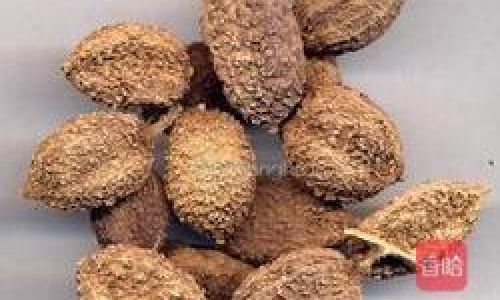
Beverages
- Herbal Teas: Steep whole pods or powder in hot water for a soothing, digestive-friendly tea.
- Cocktails: Modern mixologists experiment with Amomum villosum-infused syrups or tinctures in craft cocktails, pairing it with gin, vodka, or rum.
Health Benefits and Nutritional Profile
Beyond its culinary uses, Amomum villosum is celebrated for its therapeutic properties. Rich in essential oils, flavonoids, and terpenoids, it is believed to:
- Aid Digestion: Stimulate gastric juices and alleviate bloating.
- Reduce Inflammation: Compounds like borneol and camphene exhibit anti-inflammatory effects.
- Support Respiratory Health: Traditionally used to ease coughs and congestion.
- Antioxidant Activity: Combat oxidative stress linked to chronic diseases.
While research is ongoing, these traditional uses underscore Amomum villosum’s holistic value.
Storage and Shelf Life
Proper storage is critical to preserving Amomum villosum’s potency. Dried pods and powder should be kept in airtight containers, away from light, heat, and moisture. Whole pods retain their flavor for up to two years, while ground powder is best used within six months. Infused oils and vinegars should be refrigerated and consumed within three months.
Conclusion: Bridging Tradition and Innovation
Amomum villosum exemplifies the intersection of culinary artistry and herbal wisdom. From ancient sun-drying techniques to modern fusion recipes, this spice continues to inspire chefs, herbalists, and home cooks alike. Whether simmered in a broth, ground into a powder, or infused into a cocktail, Amomum villosum invites exploration and creativity. By honoring traditional preparation methods while embracing innovation, we ensure that this aromatic gem remains a cherished ingredient for generations to come.

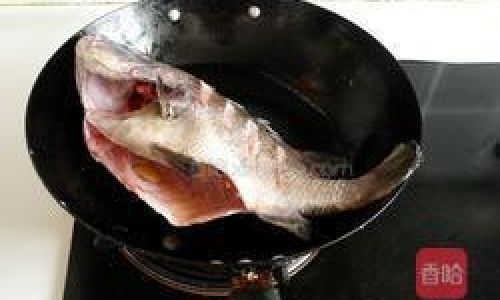
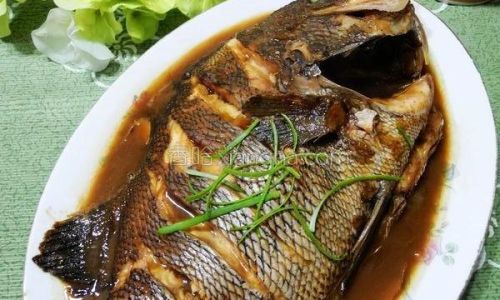

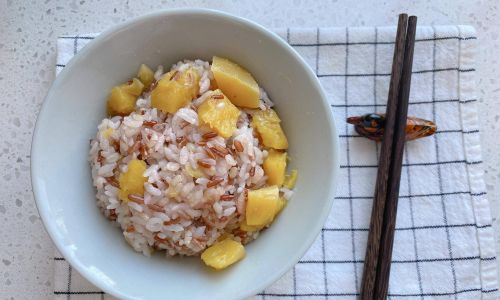
0 comments